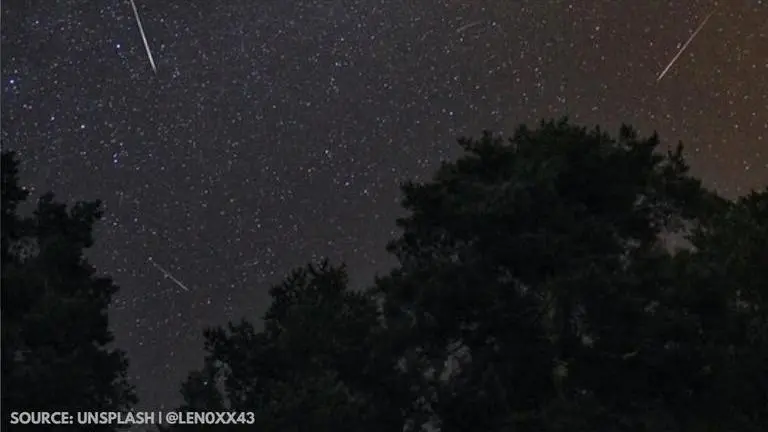Updated 13 November 2020 at 13:48 IST
Taurid meteor shower 2020: How to see the Taurid meteors this year?
Taurid Meteor Shower has appeared in the night skies and it will be active for a while. Scroll on to know how to see the Taurid meteor showers this year.
- Science News
- 2 min read

The Meteor Taurid, known for its bright fireballs, recently light up the night skies earlier this month and it continues to have its presence. The Taurids occur every year during the month of September-November when our planet drifts through a debris stream which is left behind by the Comet Encke. When the Earth is hit by the comet dust, it burns up and results in a Taurid meteor. Let us show tell you how and when to see Taurid meteor shower 2020.
How to see Taurid meteor shower 2020?
Both the Southern and Northern Taurid meteor shower 2020 already reached their peak earlier in November, however, they still have fair visibility in the skies. The North Taurid meteor shower had its peak on the nights of November 11 and November 12, while the Southern Taurid peaked a week earlier.
The two Taurid meteors have a fairly long period of activity which begins around late October and lasts until early December each year. This means that you still have enough time to catch the Taurids as they will be active for a few more weeks and continue to add to the fireballs.
Advertisement
How to see Leonid meteor shower 2020
Interestingly, space enthusiasts can also catch the Leonid meteor shower this month which appears in the night skies in November between November 6 and November 30. The Leonid meteor is currently active; however, it is yet to reach its maximum peak in a few days. In 2020, the Leonid meteor is expected to peak on November 16 during the late evening hours and on November 17 in the early morning hours. The Leonid meteor usually generates around 15 to 20 meteors during an hour.
Advertisement
Luckily for the stargazers, the Leonid meteor showers will offer a more moon-free viewing experience when it finally hits its peak. This means that there won't be much light pollution and you can have better visibility. As far as the Taurid meteor showers are concerned, they aren't quite as popular as the Leonids as they only produce a few meteors during an hour. However, the Taurids contribute chiefly to the total fireball count through early October and late November every year.
Image credits: Unsplash | len0xx43
Published By : Danish Ansari
Published On: 13 November 2020 at 13:48 IST
